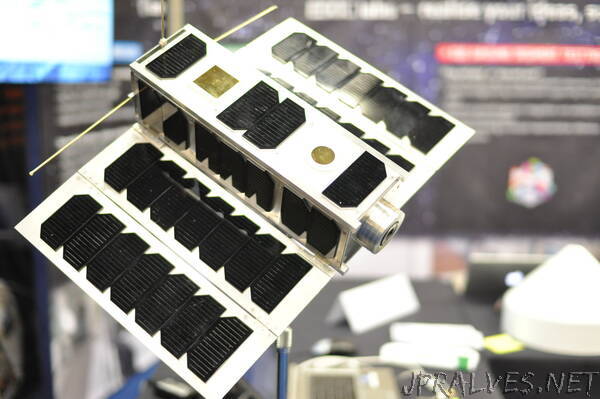
“Only 30 cm high, OPS-SAT packs a punch. Carrying an experimental computer ten times more powerful than on any current ESA spacecraft, OPS-SAT is yours to do what you want with.
With this powerful on-board computer, a high-resolution camera to take detailed pictures of Earth, radio equipment and other specialised tools, OPS-SAT makes it possible for you to perform a variety of exciting experiments in space.
OPS-SAT’s mission?
To take down the barriers to spacecraft operations. We want to bring you into the heart of Europe’s control centre, to share your ideas and ultimately test them out in orbit.
The world’s only spacecraft freely open for public use, OPS-SAT will show us what satellites are capable of when carrying state of the art equipment, demonstrating continuing improvements in mission control capabilities and illustrating just what space technology can achieve.
Controlled via the SMILE lab at ESA’s ESOC Operations Centre in Darmstadt, Germany, ‘experimenters’ can make use of every inch of OPS-SAT. Point the spacecraft in any direction, play with its on-board payload and get help and advice from ESA engineers who work day-in, day-out to make missions come alive.
To date, more than 100 experiments have been registered, with submissions coming from start-ups to leading space players across Europe.
Current planned experiments include:
using neural networks and deep learning to rapidly process Earth images in-flight, rather than later on the ground. This will vastly speed up analysis of events on Earth, for example accelerating the detection and real-time monitoring of forest fires,
commanding a rover using OPS-SAT as a relay, acting as a mid-way point to communicate between the rover and Earth,
using artificial intelligence to fully automate a space mission
measuring interference to different spacecraft with a programmable radio receiver
optical experiment to transmit data, securely, by laser light”
